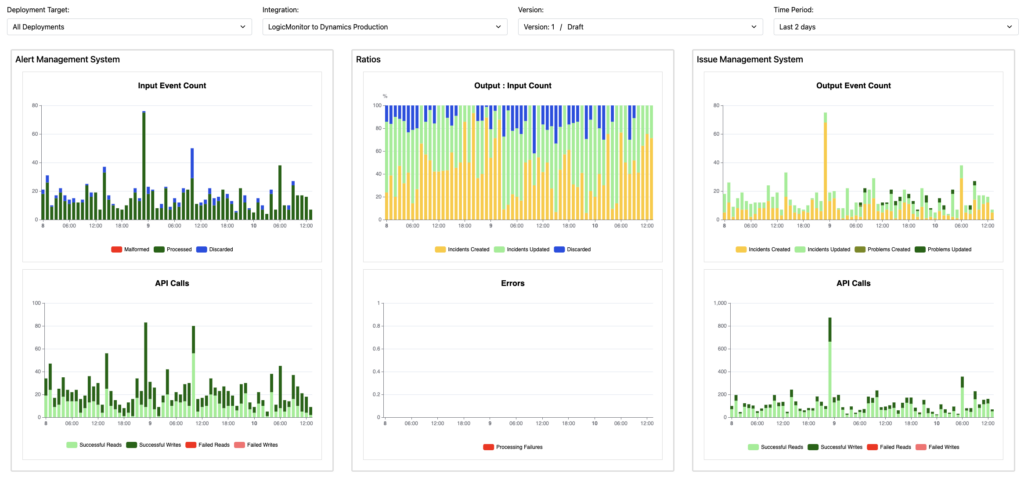LogicMonitor Optimization
LogicMonitor is the premium observability platform for infrastructure management – yet too often, deployments are left representing poor value for money – and customers are forced into a significant change programme. How can you optimize your LogicMonitor portal? And how can you achieve value-for-money? I talked with some experts to find out…
The Healthcheck
David Bond is the CTO and Founder of Panoramic Data. He says “the best place to start is a Healthcheck assessment. The configuration of your LogicMonitor portal can quickly go stale – collectors can become overloaded, integrations out-of-date, and dashboards unutilized. In addition, poorly configured alert thresholds lead to a deluge of duplicate tickets – creating extra work for your service desk engineers”.
The Panoramic Data Healthcheck is a semi-automated process, leveraging ReportMagic to create automated reports that highlight important issues that need addressing. Expert consultants are then available to quickly ensure an actionable plan is put in place to remediate.
Licence Allocation
Dag Wolfram is a LogicMonitor consultant with Panoramic Data. He describes an MSP customer who was unaware where their LogicMonitor licenses were being deployed. “The MSP needed to know which customers their licenses were allocated to. We undertook an assessment with them to break down their consumption, so they could better understand their cost-to-serve, and ensure that each account was profitable”.
This was an interesting piece of work which needed a thorough assessment of licence allocation – a view not easy to find within LogicMonitor – but that then provided the right data to the CTO, to ensure that each account was profitable and contributed positively to the overall business.
Alert Analytics
More routinely, there’s great potential for optimization through Alert Analytics. This feature comes either through your premium Healtcheck – or is being built into the free tier of AlertMagic. This data allows you to review alert data for a period of time (eg 7 days) to find common offenders – devices that are generating disproportionate alert signatures. That could be due to poorly configured thresholds, or perhaps a fault or configuration setting.
